How to Mix and Match Sofas & Chairs
La-Z-Boy Southeast | October 6, 2025
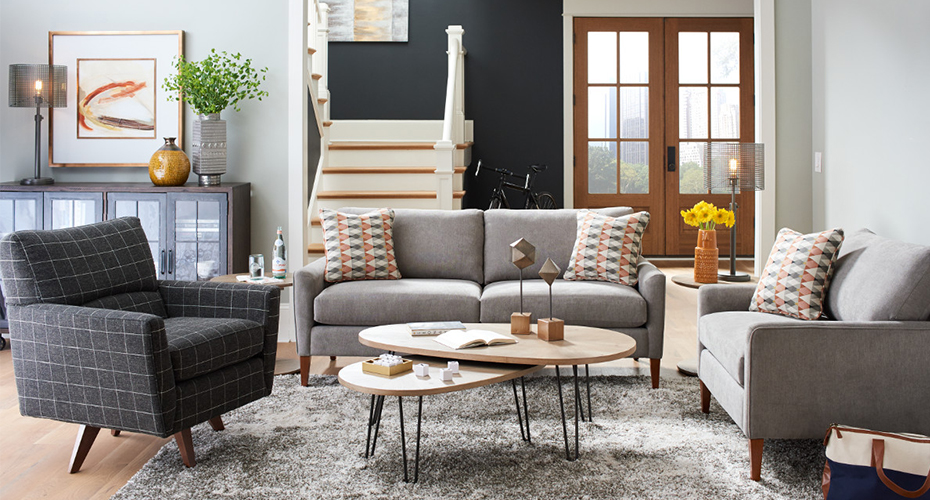
There’s something wonderfully freeing about breaking the matching furniture set rulebook. Gone are the days when every piece in your living room had to come from the same collection, wearing identical fabric like furniture siblings forced into matching outfits. Today’s most interesting spaces tell a story through thoughtfully mismatched pieces that somehow just work together.
But here’s the thing: mixing and matching sofas and chairs isn’t about randomly throwing together whatever catches your eye. It’s an art form with some surprisingly simple principles that anyone can master.
Why Mix and Match in the First Place?
Before we dive into the how, let’s talk about the why. Matching furniture sets can feel safe, but they often lack personality and visual interest. When you mix different styles, you create layers of depth that make a room feel collected over time rather than purchased all at once. It’s the difference between a space that looks like it came straight from a catalog and one that feels like an authentic reflection of the people who live there.
Plus, mixing gives you flexibility. Love that vintage armchair you inherited? Perfect. Found an amazing deal on a sofa that’s almost (but not quite) the style you imagined? You can make it work.
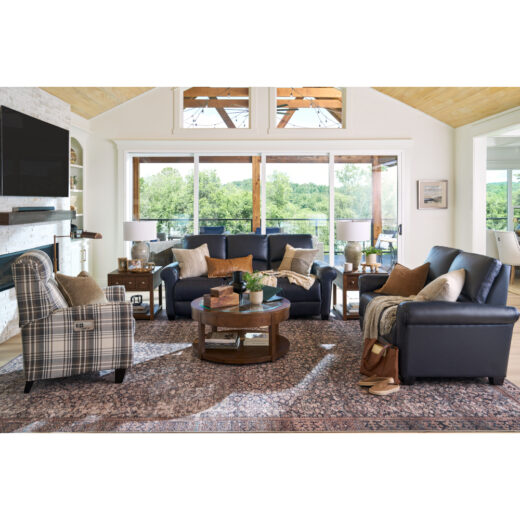
The Golden Rules of Mixing Sofas and Chairs
Rule #1: Find Your Common Thread
Think of your furniture as a band. Each piece can have its own personality, but they need something that ties them together, or you’ll end up with chaos instead of harmony. That common thread could be:
- Color family: A navy sofa, slate blue chair, and cream ottoman with blue piping all speak the same color language
- Design era: Mid-century modern pieces from different designers still share DNA
- Material: Pieces in various woods or metals create cohesion through texture
- Shape: Curved, rounded furniture pieces balance each other even in different styles
- Formality level: Don’t pair a tufted Chesterfield with ultra-casual beanbag chairs (unless that’s intentionally your vibe)
The key is picking one or two connecting elements and letting the rest vary.
Rule #2: Play with Scale and Proportion
A room full of low-slung, horizontal furniture feels flat. A room with everything tall and upright feels cramped. The magic happens when you mix different heights and proportions. Pair a substantial, deep sofa with a more delicate accent chair. Balance a low-backed loveseat with a high-winged reading chair. This creates visual rhythm that keeps the eye moving around the room.
Just remember: even when mixing scales, pieces should feel like they belong in the same weight class. A massive sectional paired with a dainty Victorian side chair will look awkward, not eclectic.
Rule #3: Embrace the 60-30-10 Rule
Interior designers swear by this color distribution formula, and it’s especially helpful when mixing furniture:
- 60% should be your dominant color (often your sofa)
- 30% should be your secondary color (chairs or additional seating)
- 10% should be your accent color (pillows, throws, or a statement ottoman)
This creates balance while still allowing for variety and visual interest.
The Art of Mixing Textures and Patterns
Here’s where things get really fun. Once you’ve nailed down your furniture pieces, you can add incredible depth through fabric choices.
Texture Talk
Mixing textures prevents your space from feeling flat or one-dimensional. Consider combining:
- Smooth leather with nubby linen
- Plush velvet with crisp cotton
- Soft chenille with structured canvas
- Sleek performance fabrics with natural fibers
The contrast between smooth and textured, shiny and matte, creates visual interest even when colors are similar. A monochromatic room in various textures can be more interesting than a colorful room where everything has the same feel.
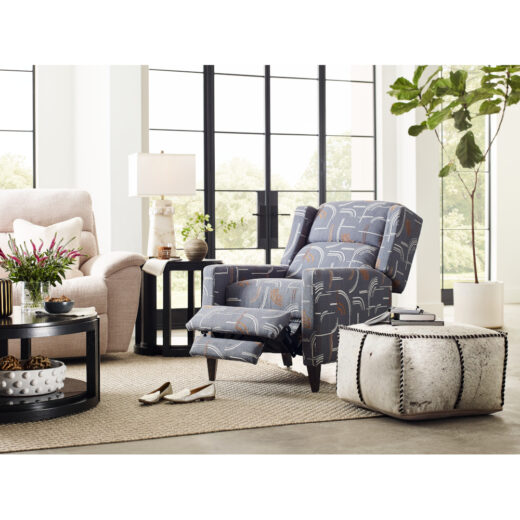
Pattern Play
Mixing patterns intimidates many people, but it follows surprisingly straightforward principles:
Vary the scale: Pair large-scale patterns (like big florals) with medium patterns (like geometric prints) and small patterns (like mini dots or tight stripes). This prevents patterns from competing.
Stick to a color story: Patterns in the same color family work together even when the designs differ wildly. A navy-and-white striped chair can absolutely live with a navy-and-cream toile sofa.
Use solids as buffers: If you’re nervous about pattern mixing, use solid pieces to separate busier patterns. This gives the eye a place to rest and prevents visual overload.
Follow the odd-number rule: Use three patterns maximum in a single sightline. It’s enough for interest but not so many that the space feels chaotic.
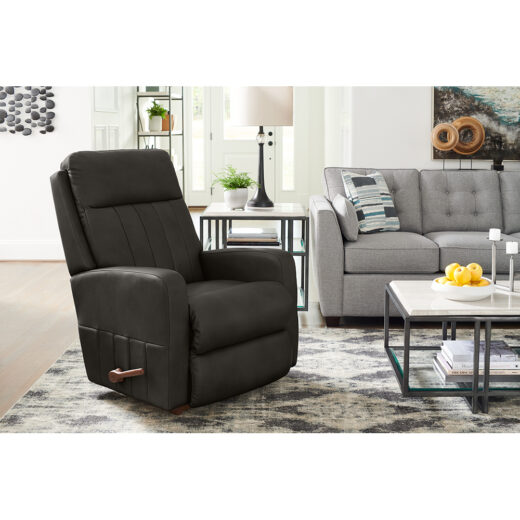
Style Mixing That Works
Some style combinations are natural companions:
- Modern + Mid-Century: Both favor clean lines and functionality
- Traditional + Transitional: Transitional bridges the gap beautifully
- Rustic + Industrial: Natural wood softens metal elements
- Coastal + Contemporary: Both embrace light, airy aesthetics
- Bohemian + Global: Eclectic pieces from different cultures feel right at home together
The riskier (but potentially more rewarding) combinations require more skill:
- Traditional + Modern: Can work beautifully but needs a light touch
- Rustic + Formal: Requires careful balance to avoid confusion
- Industrial + Romantic: The contrast can be stunning when done right
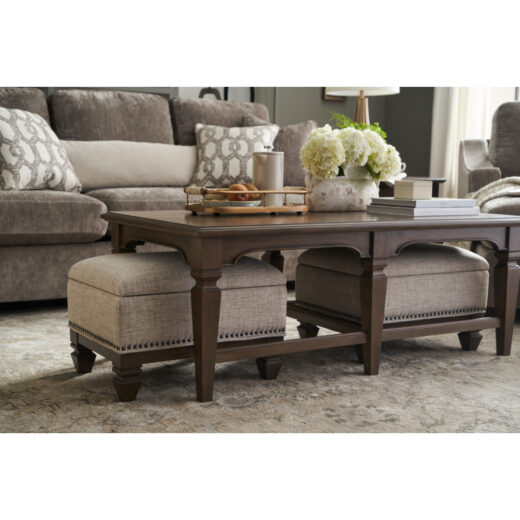
Common Mixing Mistakes to Avoid
Even design pros can stumble when mixing furniture. Here’s what to watch out for:
Too many statements: If every piece screams for attention, no piece gets heard. Choose one or two statement makers and let other pieces play supporting roles.
Ignoring room size: Mixing styles doesn’t mean ignoring scale. A tiny apartment still needs appropriately sized furniture, even if it’s varied in style.
Forgetting function: A beautifully mismatched room that doesn’t work for how you actually live is a design fail. Make sure your mix serves your lifestyle.
Being too timid: The flip side of going overboard is not going far enough. Don’t mix a navy sofa with a slightly different navy chair and call it eclectic. Commit to the mix.
When in Doubt, Get a Second Opinion
Sometimes the best ideas look brilliant in your head but questionable in reality. There’s no shame in wanting expert eyes on your vision before you commit. Many furniture stores offer complimentary design consultations, and a good designer can help you see possibilities you might have missed or steer you away from combinations that won’t work.
Making It Personal
At the end of the day, the best-mixed rooms reflect the people who live in them. Don’t get so caught up in rules and principles that you forget to inject your own personality. Love that bright yellow chair even though it doesn’t fit your color scheme perfectly? Find a way to make it work with some strategic pillows. Inherited your grandmother’s floral sofa but your style leans modern? Pair it with sleek, contemporary chairs to create an interesting generational dialogue.
The goal isn’t to create a magazine-perfect room (though that’s nice). It’s to create a space that feels authentically yours while still looking intentionally designed.
Ready to Start Your Mix?
With over 900 fabrics and leathers to choose from, La-Z-Boy makes it easy to create the perfect custom combination for your space. Whether you’re drawn to classic neutrals, bold patterns, or anywhere in between, you’ll find options that speak to your style. Our collection includes over 50 iClean performance fabrics that resist stains and wear, perfect for mixing into high-traffic spaces without sacrificing style for practicality.
And if you’re feeling overwhelmed by possibilities? Our complimentary interior design service is here to help. Our designers love the challenge of mixing and matching pieces to create spaces that are uniquely yours. They can help you navigate fabric selections, pattern combinations, and furniture pairings to ensure your mixed look feels cohesive and intentional.
Visit your local La-Z-Boy to explore how texture, pattern, and style can come together in ways that are distinctly, beautifully you.
Here are some additional resources you may like to check out:
- 5 Reasons You Should Work with a La-Z-Boy Interior Designer
- Everything You Need To Know About La-Z-Boy Recliners
- When Is the Best Time to Buy Living Room Furniture?



